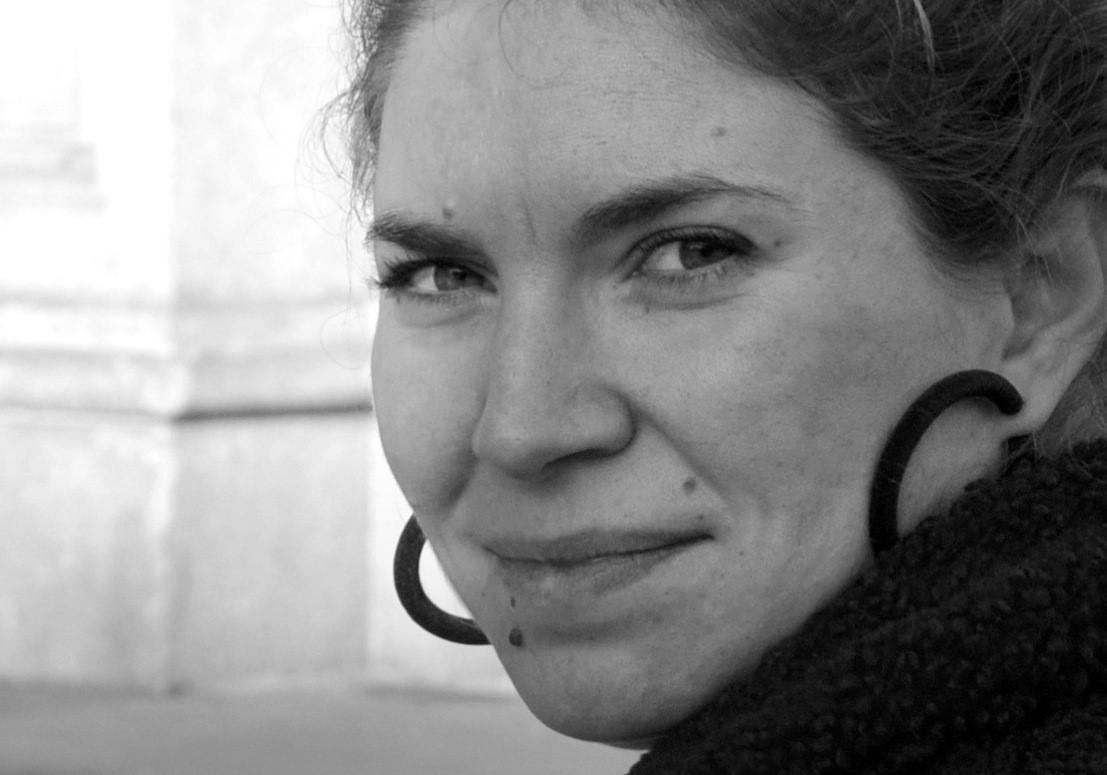Research
Cells move through our bodies squeezing into tiny spaces. This stresses them, damaging their DNA or causing errors during cell division, which can promote cancer. However, it is difficult to visualise moving cells in mammalian tissues. In the lab, we use the transparent embryo of the Zebrafish to ask what happens when cells experience physical stress. In particular, we study a population of highly migratory embryonic cells called neural crest cells, which move through narrow spaces in fish embryos during their physiological migration. In humans, these cells can cause a childhood cancer, neuroblastoma. We still don’t understand why neuroblastomas happen. One possibility is that they are a consequence of neual crest cells squeezing, which might damage their genome or cause errors during their mitosis. Using Zebrafish neural crest cells as a model, we are asking:
1) whether cells divide asymmetrically in vivo because of compression;
2) whether compressive stresses cause chromosomal damage and
3) whether this enables tumour initiation. To address these questions, we are developing novel in vivo strategies to perturb microenvironmental confinement of neural crest. For example, we will use genetic and laser perturbations to relieve compression from the surrounding tissues at tissue-scale or modify forces at cell-scale. We are aso developing tools to apply ectopic compression to the fish embryo, for example using a microfluidic device or by filling the embryonic neural tube with stiff gel. We hope our work will elucidate how cells cope with physiological mechanical stresses in vivo, which is still unexplored, and will help us understanding better how neuroblastomas can originate from neural crest cells.
Research collaborators
Ewa Paluch, Kristian Franze, Claudia Linker (KCL), Anestis Tsakiridis (Sheffield), Otger Campas (Technische Universitat Dresden).
Publications
Lukas F. Lang, Nilankur Dutta, Elena Scarpa, Bénédicte Sanson, Carola-Bibiane Schönlieb, Jocelyn Étienne. Joint Motion Estimation and Source Identification using Convective Regularisation with an Application to the Analysis of Laser Nanoablations. In Barbara Kaltenbacher, Anne Wald, and Thomas Schuster, editors, Time-dependent Problems in Imaging and Parameter Identification. Springer, 2020. To appear. bioRxiv686261, doi: https://doi.org/10.1101/686261
Scarpa E., Finet C., Blanchard G.B., Sanson B. (2018). Actomyosin-Driven Tension at Compartmental Boundaries Orients Cell Division Independently of Cell Geometry In Vivo., Developmental Cell 17:47(6):727-740. https://doi.org/10.1016/j.devcel.2018.10.029
Urbano, J.M., Naylor H.W., Scarpa E., Muresan L., Sanson B. (2018). Suppression of epithelial folding at actomyosin-enriched compartment boundaries downstream of Wingless signaling in Drosophila., Development 145(8). http://dev.biologists.org/content/145/8/dev155325.
long Bajanca F., Scarpa E., Theveneau E. (2017). Rho GTPases in cadherin-based cell-cell interactions: Adhesion, repulsion, fusion in Rho GTPases: Molecular Biology in Health and Disease (ed. Fort P., Blangy A.) 55-80(World Scientific Publishing, New Jersey).
Scarpa E., Mayor R. (2016). Collective Cell Migration in Development (Review), J Cell Biol 212(2). https://dx.doi.org/10.1083/jcb.201508047 Scarpa E., Szabo A., Bibonne A., Theveneau E., Parsons M., Mayor R. (2015). Cadherin switch during EMT in neural crest cells leads to contact inhibition of locomotion via repolarization of forces, Developmental Cell 34(4):421-34. https://dx.doi.org/10.1016/j.devcel.2015.06.012
Berto, G. E., C. Iobbi, P. Camera, E. Scarpa, C. Iampietro, F. Bianchi, M. Gai, F. Sgro, F.Cristofani, A. Gartner, C. G. Dotti and F. Di Cunto (2014). "The DCR protein TTC3 affects differentiation and Golgi compactness in neurons through specific actin-regulating pathways." PLoS One 9(4): e93721.
Scarpa, E., A. Roycroft, E. Theveneau, E. Terriac, M. Piel and R. Mayor (2013). "A novel method to study contact inhibition of locomotion using micropatterned substrates."Biol Open 2(9): 901-906. https://dx.doi.org/10.1242/bio.20135504
Theveneau, E., B. Steventon, E. Scarpa, S. Garcia, X. Trepat, A. Streit and R. Mayor (2013). "Chase-and-run between adjacent cell populations promotes directional collective migration." Nat Cell Biol 15(7): 763-772. https://dx.doi.org/10.1038/ncb2772
Gai, M., P. Camera, A. Dema, F. Bianchi, G. Berto, E. Scarpa, G. Germena and F. DiCunto (2011). "Citron kinase controls abscission through RhoA and anillin." Mol Biol Cell 22(20): 3768-3778.


